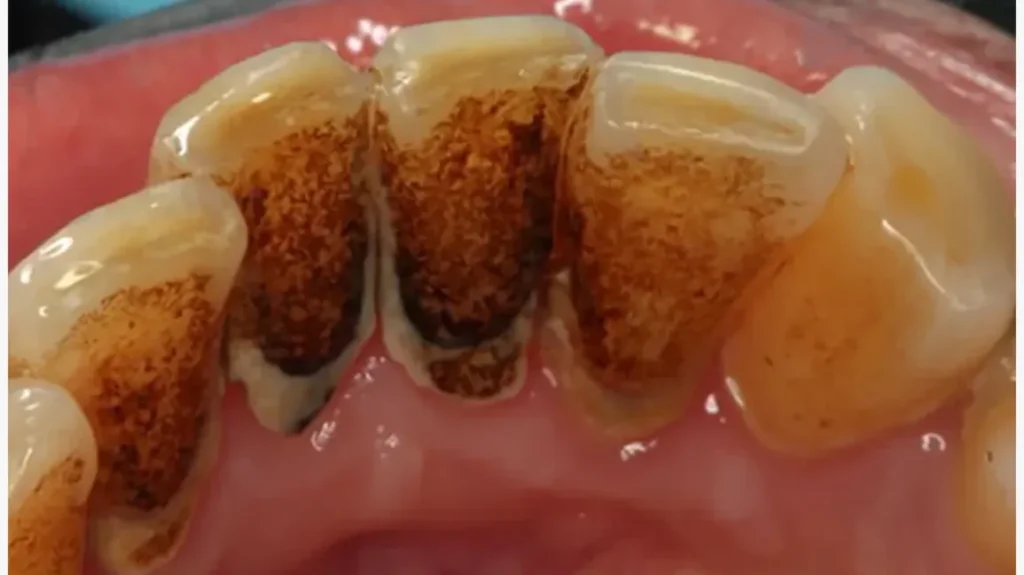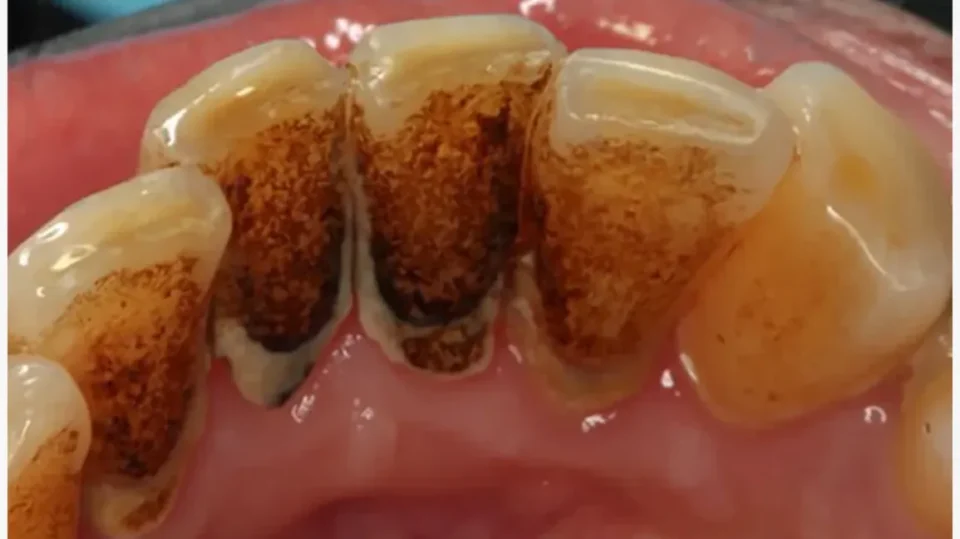A calculus bridge is a severe dental condition that occurs when plaque and tartar accumulate extensively along the gum line and between teeth, forming a solidified layer. This condition can lead to significant oral health problems if left untreated. Understanding its causes, symptoms, and treatment options can help maintain optimal oral hygiene and prevent complications.
What Is a Calculus Bridge?
A calculus bridge is an advanced form of tartar buildup that spans multiple teeth, often forming a hard, visible layer of deposits. Unlike standard tartar buildup, which affects individual areas, a calculus bridge creates a connected structure that can significantly impact gum health and overall oral hygiene.
Causes of Calculus Bridge
Several factors contribute to the formation of a calculus bridge, including:
- Poor oral hygiene – Inadequate brushing and flossing allow plaque to accumulate and harden into tartar.
- Irregular dental check-ups – Skipping routine cleanings increases the risk of plaque buildup.
- Dietary habits – Sugary and starchy foods promote bacterial growth, leading to plaque formation.
- Dry mouth – Reduced saliva production makes it easier for plaque to solidify.
- Smoking and tobacco use – These habits increase tartar buildup and reduce gum health.

Symptoms of a Calculus Bridge
The presence of a calculus bridge can lead to noticeable symptoms, such as:
- Visible yellow or brown deposits on teeth and along the gum line
- Bad breath (halitosis)
- Red, swollen, or bleeding gums
- Gum recession
- Increased tooth sensitivity
- Loose teeth in severe cases
Treatment Options for Calculus Bridge
Treating a calculus bridge requires professional dental intervention, as home remedies are ineffective against hardened tartar. Common treatment methods include:
1. Professional Dental Cleaning
A dentist or hygienist will perform a scaling procedure to remove the calculus bridge. In more advanced cases, root planing may be necessary to clean beneath the gum line.
2. Ultrasonic Scaling
This method uses ultrasonic vibrations to break down and remove hardened tartar efficiently.
3. Periodontal Treatment
If the calculus bridge has led to gum disease, specialized periodontal treatment, including deep cleaning and antibiotics, may be required.
4. Improved Oral Hygiene Practices
To prevent recurrence, individuals should adopt a thorough oral care routine, including:
- Brushing twice daily with fluoride toothpaste
- Flossing regularly to remove plaque between teeth
- Using an antibacterial mouthwash
- Scheduling regular dental visits
Prevention of Calculus Bridge
The best way to avoid developing a calculus bridge is through proactive oral hygiene and professional dental care. Regular dental check-ups, proper brushing and flossing techniques, and maintaining a healthy diet can significantly reduce the risk of excessive tartar buildup.
Conclusion
A calculus bridge is more than just an aesthetic concern—it can lead to serious oral health issues if not addressed promptly. By understanding its causes, symptoms, and treatment options, individuals can take preventive measures to ensure long-term dental health. If you suspect the presence of a calculus bridge, consulting a dental professional is essential for effective treatment and prevention strategies.
